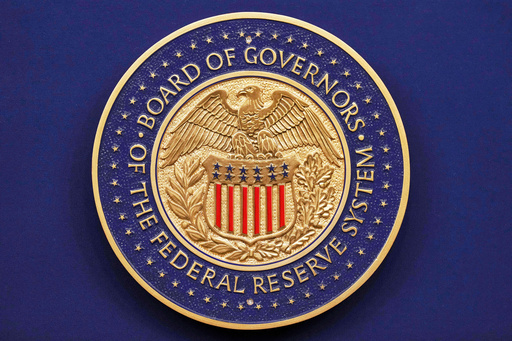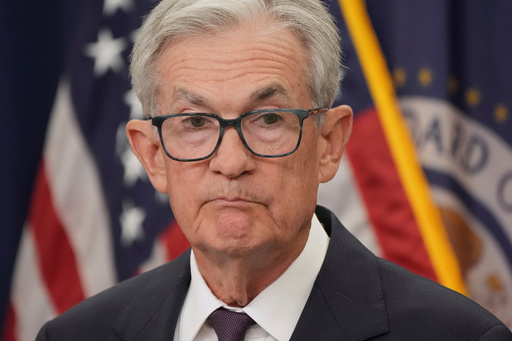Missing government data unlikely to sway Federal Reserve from rate-cut path
News > Business News

Audio By Carbonatix
2:13 PM on Tuesday, October 28
By CHRISTOPHER RUGABER
WASHINGTON (AP) — The Federal Reserve is expected to cut its short-term rate Wednesday for the second time this year despite an increasingly cloudy view of the economy it is trying to influence.
The government shutdown has cut off the flow of data that the Fed relies on to track employment, inflation, and the broader economy. September's jobs report, scheduled for release three weeks ago, is still postponed. This month's hiring figures, to be released Nov. 7, will likely be delayed and may be less comprehensive when they are finally released. And the White House said last week that October's inflation report may never be issued at all.
The data drought raises risks for the Fed because it is widely expected to keep cutting rates in an effort to shore up growth and hiring. Fed officials signaled at their last meeting in September that they would likely implement rate reductions in October and December, and financial markets now consider a cut in December to be a near-certainty.
Yet should job gains pick up soon, the Fed may not detect the change. And if hiring rebounds after weak job gains during the summer, further rate cuts may not be justified.
On Tuesday, payroll processor ADP released a new weekly measure of hiring by businesses, using payroll data from millions of clients. It shows that in late September and earlier this month, companies resumed adding jobs, after shedding workers in July and August.
Still, a key reason rate cuts are so widely expected is that most Fed officials see its key rate, which is now about 4.1%, to be high enough that it is restraining the economy's growth. Under this view, the Fed can cut several more times before reaching a level that might provide unnecessary stimulus to the economy.
Before the government shutdown cut off the flow of data Oct. 1, monthly hiring gains had weakened to an average of just 29,000 a month for the previous three months, according to the Labor Department's data. The unemployment rate ticked up to a still-low 4.3% in August from 4.2% in July.
Meanwhile, last week’s inflation report — released more than a week late because of the shutdown — showed that inflation remains elevated but isn’t accelerating and may not need higher interest rates to tame it.
The government's first report on the economy's growth in the July-September quarter was scheduled to be published on Thursday, but will be delayed, as will Friday's report on consumer spending that also includes the Fed's preferred inflation measure.
Fed officials say they are monitoring a range of other data, including some issued by the private sector, and don't feel handicapped by the lack of government reports.
Also on Wednesday, the central bank may announce that it will no longer reduce the size of its massive securities holdings, which it accumulated during and after the pandemic and after the 2008-2009 Great Recession. The change could over time slightly reduce longer-term interest rates on things like mortgages but aren't likely to have a major impact on consumer borrowing costs.
The Fed purchased nearly $5 trillion of Treasury securities and mortgage-backed bonds from 2020 to 2022 to stabilize financial markets during the pandemic and keep longer-term interest rates low. The bond-buying lifted its securities holdings to $9 trillion.
When the central bank buys a Treasury note, for example, it pays for it with newly-created money that is deposited into reserve accounts banks hold at the Fed.
In the past three years, however, the Fed has reduced its holdings to about $6.6 trillion. To shrink its holdings, the Fed lets securities mature without replacing them, reducing bank reserves. The risk is if it reduces its holdings too far, short-term interest rates could spike as banks borrow money to top-up their reserves.
In 2019, the Fed was reducing its balance sheet and caused a sharp, unexpected spike in short-term rates that disrupted financial markets, an outcome they want to avoid this time.
The Fed currently is reducing its holdings of mortgage-backed securities by up to $35 billion a month and Treasuries by just $5 billion a month. Powell said two weeks ago that the Fed would consider ending the rolloff “in coming months,” but analysts now expect it to happen sooner because of recent signs that banks are running low on reserves.









